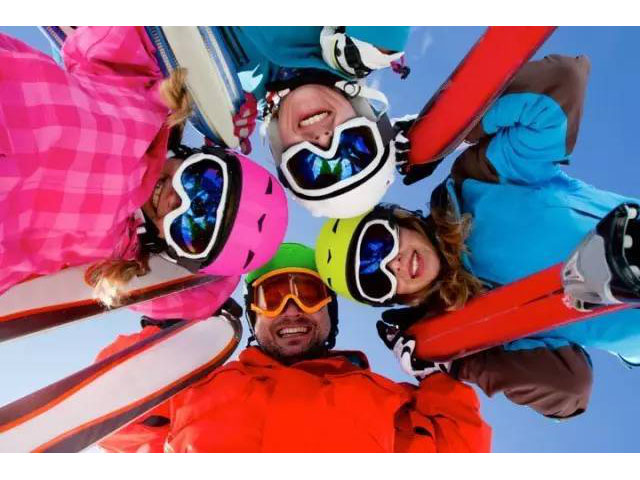
HOW TO BUY SNOW GOGGLES?
Snow Goggles, as the name implies, protect the eyes in the snowy. However, in the face of a dazzling array of snow goggles on the market, each with a unique shape and bright colors, how do you choose the one that suits you? Let me teach you how to choose goggles.
If you feel impatient to read the article, you can click on the video below to watch the explanation of professional knowledge.

1. Comfort
2. Spherical or Cylindrical ?
Due to the protruding surface of the spherical mirror, the internal eye space is increased, and there is enough circulation space to play a good anti-frost effect.
3. Anti-fog Coating
Because the inside of the ski goggles is an enclosed space, even if there are vents, once wearing the glasses for too long will cause the internal fog, so in terms of safety and skiing comfort, anti-fog lenses are necessary.
4. Visible Light Transmittance(VLT)
The light transmittance is the ratio of the transmitted light intensity to the incident light intensity expressed as a percentage. Generally, the larger the value, the higher the light transmittance. The choice of light transmittance is mainly based on personal preference. Generally, the standard light transmittance for skiing all-weather is 30~50%. The light transmittance of the lens must be marked on the formal snow goggles package, and you must pay attention to confirm it when buying.
5. Lens Color
In fact, there are reasons for different colors.
②RED/ORANGE :It belongs to the all-weather snow goggles, which can not only suppress the intensity of sunlight on sunny days, but also ensure a clear view on cloudy days, and it can basically be seen clearly during night skating.
③Blue/Green : It can clearly distinguish the unevenness of the snow surface, and the vision is not as clear as the red-orange system at dusk and night.
⑤ Photochromic : The color of the mirror surface is automatically adjusted according to ultraviolet rays. The mirror surface is dark in sunny days, and light in cloudy or dim weather, which can effectively prevent glare.
6. UV400 & Polarized
Polarized lenses can effectively eliminate and filter out the scattered light in the beam. The light is adjusted to the same direction and enters the room, making the scene look soft and not glaring.
UV exists all the time, so the higher the UV protection level, the better the snow goggles. It is recommended to choose 100% UV protection snow goggles.
7. Suitable for wearing a helmet
Some snow mirrors have two layers in the part where the mirror belt is connected to the frame. The outer layer is connected to the mirror belt and placed on the outside of the helmet. The inner layer is thinner and there is a sponge used on the inner layer of the helmet to close to the skin.
It can be compatible with myopia, but the labels of each brand are different, and friends with myopia must confirm it clearly when buying. Also, be sure not to wear contact lenses to go skiing. The evaporation of water vapor in the eyes will cause contact lenses to fog, which is a high risk factor!
Warm Reminder: Regarding use and maintenance, pay attention to keeping the mirror surface clean. After use, you can use the inside of the lens bag to wipe off. Clean up the oil and dirt in time. Try not to wipe the endoscope. At the end of the snow season, you can put the snow mirror into the mirror bag and then put it into the snow mirror box. Put it in a cool and ventilated place. Don't put it together with hard objects such as keys to prevent bumps.
Finally, after reading so many points, do you know how to choose ski goggles?
Want to know more about glasses, follow our @natwveco,contact us 019@mikeoptical.com
Rg.
Thank you
Amber